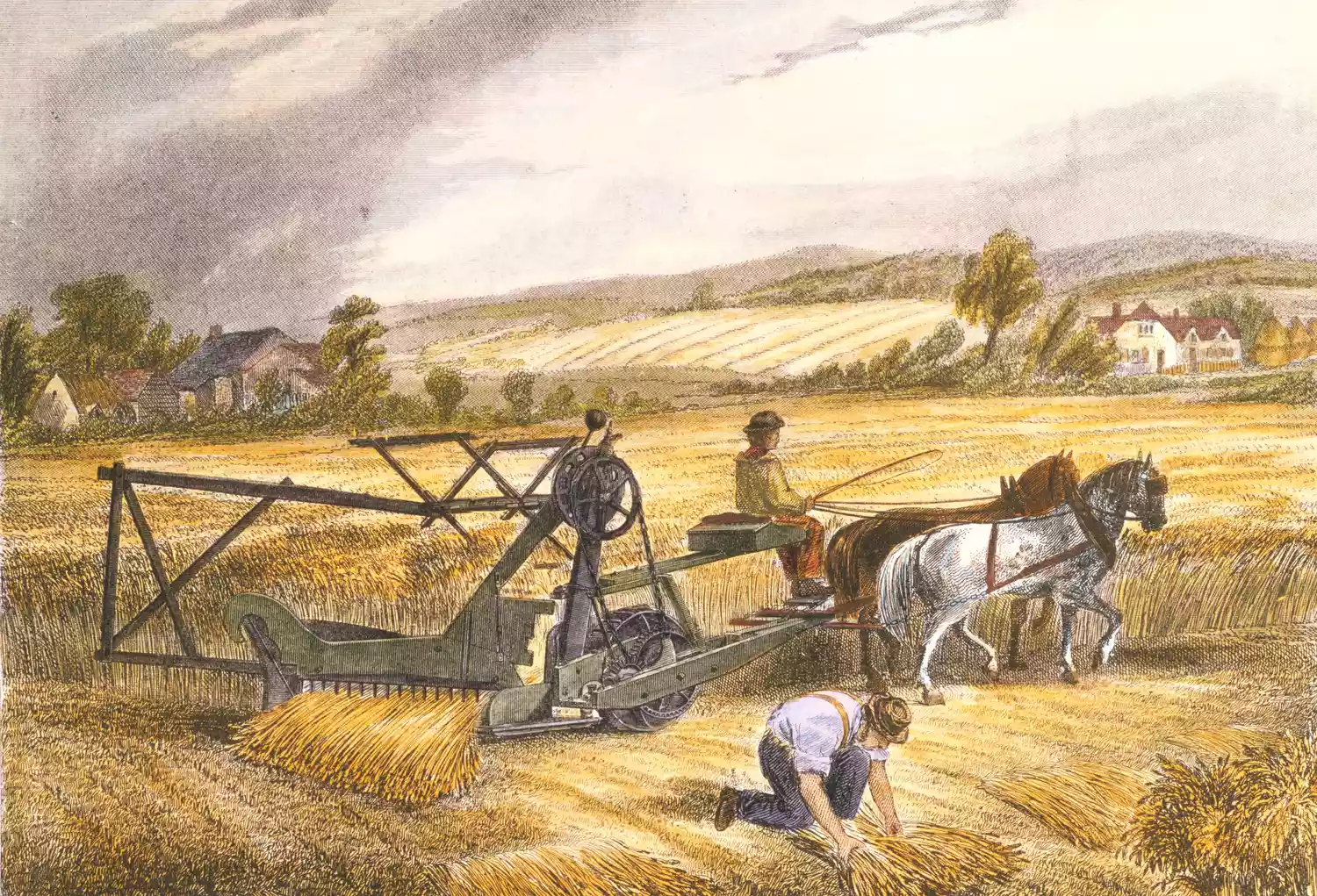Optimizing Forage Harvesting Techniques for Enhanced Crop Yield and Efficiency
The Forage Plot Harvester Revolutionizing Agriculture
In modern agriculture, the quest for efficiency and sustainability has prompted innovations that significantly enhance crop management and yield. One such innovation is the forage plot harvester, a specialized piece of equipment designed to streamline the harvesting of forage crops. Forage plot harvesting is particularly critical in the production of animal feed, and advancements in this equipment have played a vital role in increasing both productivity and quality in farming practices.
Understanding Forage Plot Harvesting
Forage harvesting involves the collection of various types of grasses, legumes, and other plants used primarily for livestock feed. The process requires precision and care to ensure that the nutritional value of the crops is preserved while minimizing waste. Traditional methods often relied on manual labor, which, while effective, was time-consuming and labor-intensive. The introduction of mechanized forage plot harvesters has transformed this process, allowing for rapid and efficient harvesting.
A forage plot harvester is equipped with advanced cutting, gathering, and processing technology that can quickly handle large fields
. These machines are designed to cut the forage at the optimal height, collect it efficiently, and prepare it for storage or transportation. Many modern harvesters also feature sophisticated controls that enable operators to adjust settings on the move, ensuring that the harvesting process is finely tuned to the specific crop being harvested.Enhancing Efficiency and Productivity
One of the most significant advantages of forage plot harvesters is the increased efficiency they bring to the harvesting process. In contrast to traditional methods, which could take days to complete a harvest, a forage plot harvester can accomplish the same task in a fraction of the time. This time-saving capability not only allows farmers to harvest more frequently but also supports better timing with respect to growth cycles, ensuring that the forage is harvested at its peak nutritional value.
forage plot harvester

Moreover, the design of modern forage harvesters facilitates better crop handling. Many machines come with features such as self-propelling systems and hydraulic controls, allowing for smoother navigation across fields. This reduces crop damage and ensures that a higher percentage of the harvested material is preserved. Additionally, some harvesters are capable of processing the forage on-site, reducing the need for additional equipment and minimizing transportation costs.
Environmental and Economic Benefits
Beyond efficiency, forage plot harvesters offer various environmental benefits. By improving the speed and precision of the harvesting process, these machines help reduce soil compaction and minimize the carbon footprint associated with agriculture. Furthermore, with the ability to harvest forage more sustainably, farmers can implement better crop rotation practices that enhance soil health and biodiversity.
From an economic perspective, the investment in a forage plot harvester can significantly increase a farm’s profitability. By maximizing yield and minimizing operational costs, farmers can achieve a better return on investment. For example, the improved nutritional quality of harvested forage can lead to healthier livestock, ultimately resulting in enhanced productivity and profitability in dairy and meat production.
Conclusion
The forage plot harvester represents a significant leap forward in agricultural technology. As farmers face increasing pressures from both environmental challenges and market demands, the role of advanced machinery like the forage plot harvester will only increase in importance. Through improved efficiency, sustainability, and economic viability, these machines are not merely tools; they are essential partners in the modern farming landscape. Investing in such technology not only helps meet the growing demand for food but also ensures that agricultural practices are aligned with sustainable principles for future generations.
Latest news
-
When to Upgrade Your Old Forage HarvesterNewsJun.05,2025
-
One Forage Harvester for All Your NeedsNewsJun.05,2025
-
Mastering the Grass Reaper MachineNewsJun.05,2025
-
How Small Farms Make Full Use of Wheat ReaperNewsJun.05,2025
-
Harvesting Wheat the Easy Way: Use a Mini Tractor ReaperNewsJun.05,2025
-
Growing Demand for the Mini Tractor Reaper in AsiaNewsJun.05,2025







